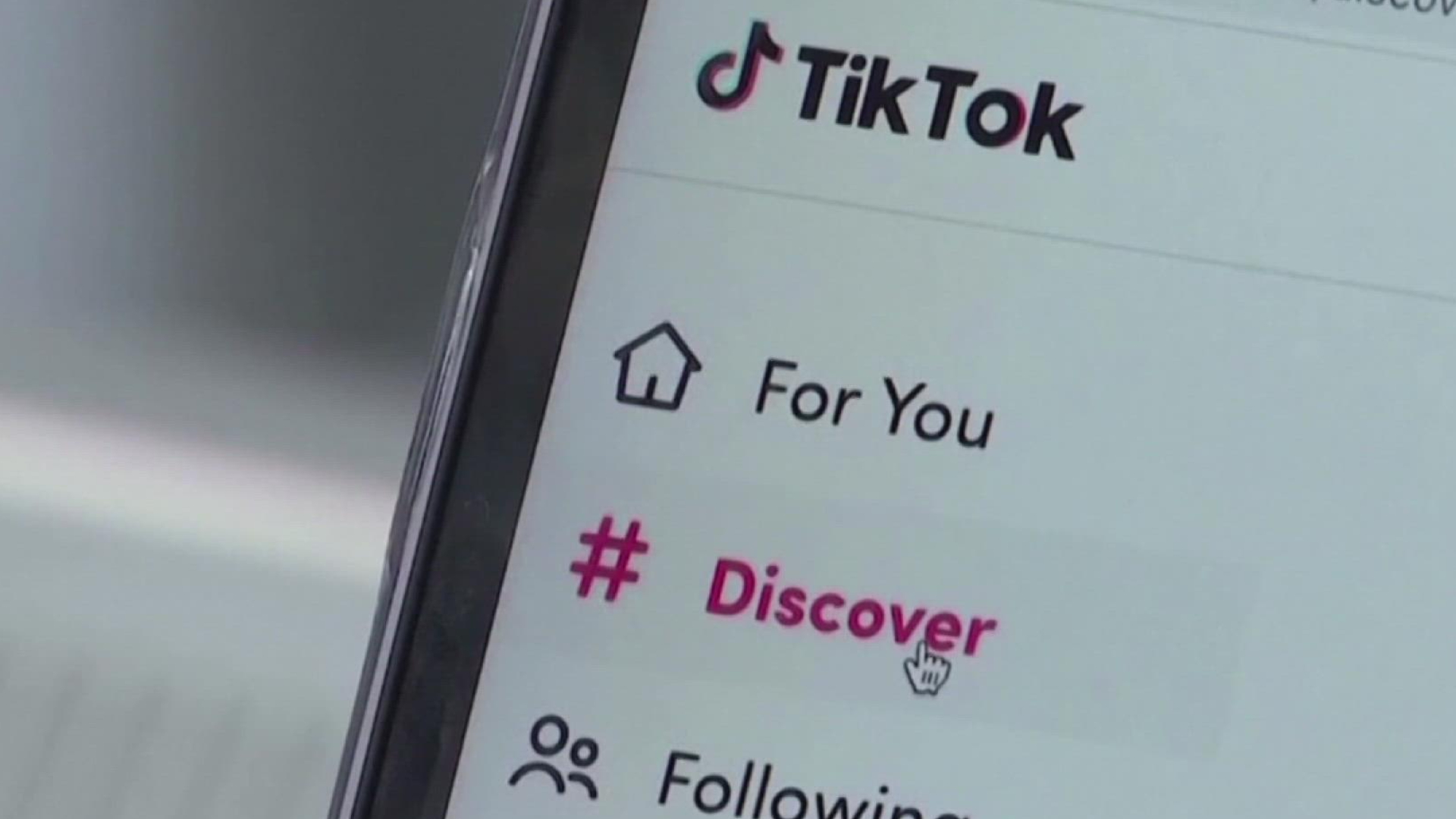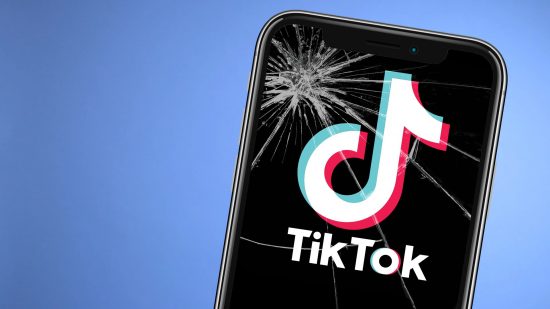There’s no denying the popularity of TikTok in 2023, but with this mainstream attention comes a plethora of problems. Currently, TikTok is age restricted to those 13 and older but that is hard to implement without any kind of identification verification process.
Instead, underage users are able to explore TikTok without any real restrictions, which was addressed in a recent update. Parents can now set content filters for their kids to follow, which sounds like a great solution. The problem? It’s an opt-in feature that the kids simply don’t have to accept.

Online safety encompasses many different aspects of traversing the web, but this popular vlogging app houses some really polarizing content that kids simply shouldn’t be exposed to. TikTok is no stranger to the spotlight recently for it’s handling of user data, but a bigger concern to many is just how accessible inappropriate content is for all users.
These recent changes don’t go far enough to secure the safety of anyone using the app and while parents do have to take a large chunk of the responsibility on themselves, there are just too many work-arounds in technology that will allow any determined teenager to access just about whatever they want on the app.

Unfortunately, there is a weird culture of judgment cast upon parents who choose to be strict with their parental controls but this train of thought comes from a complacent belief that the creators of various apps like YouTube and TikTok should be doing it for them.
While the recent content filters are a step in the right direction – I feel it’s only fair to be clear about that – it also just highlights how much there still is to do. It’s clear that the younger generation have more access to online content than ever before, but now the responsibility to protect them must be made clear and acted upon before it’s too late.
Looking to enjoy TikTok on the morning commute but don’t want everyone else to hear what you’re listening to? Check out our list of the best earbuds so you can scroll in peace!
